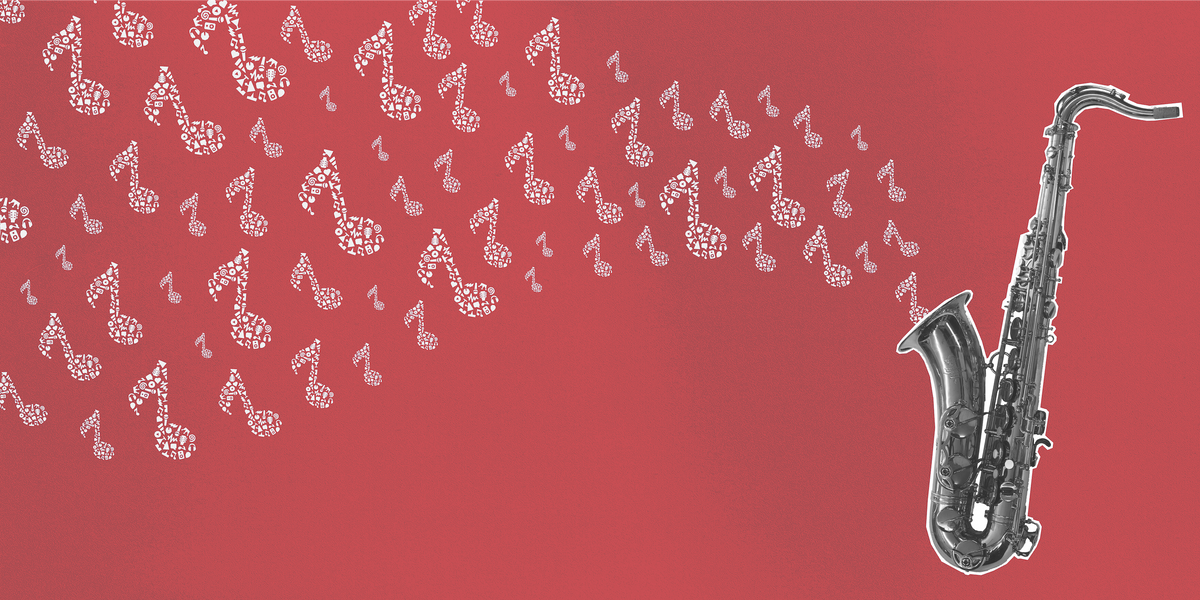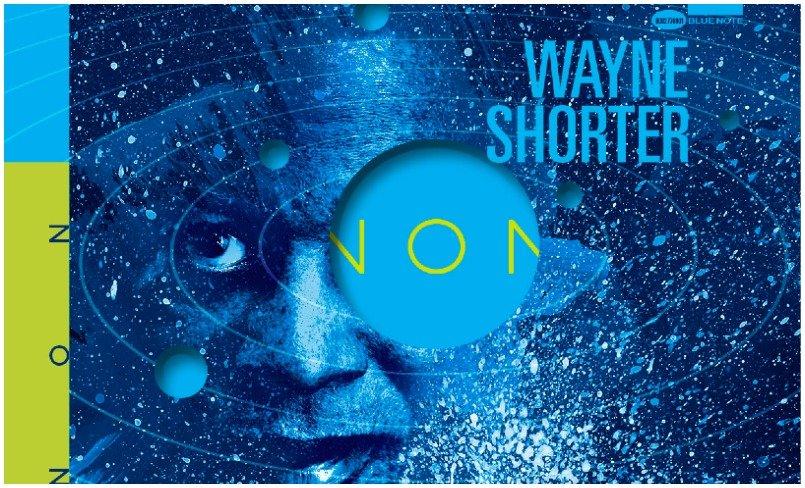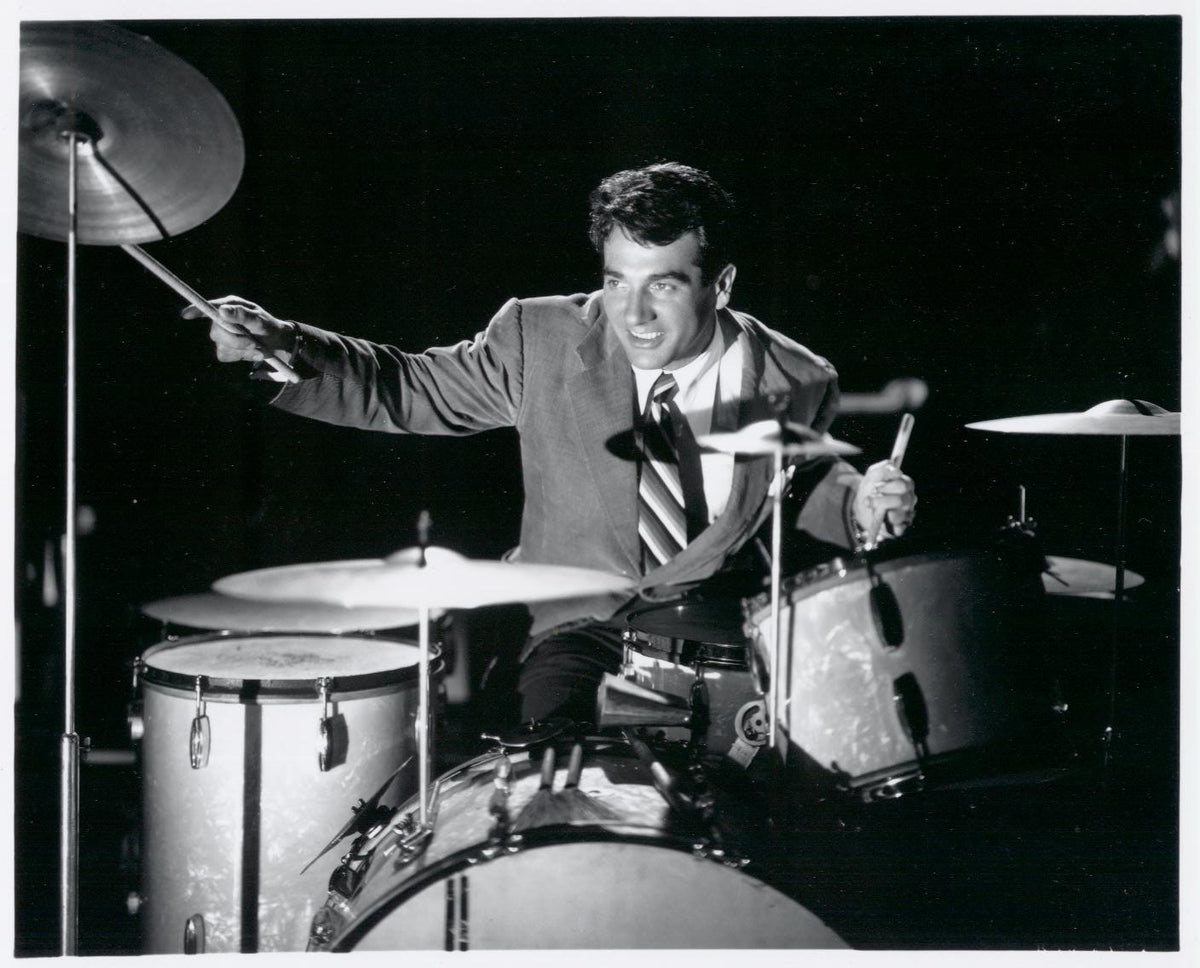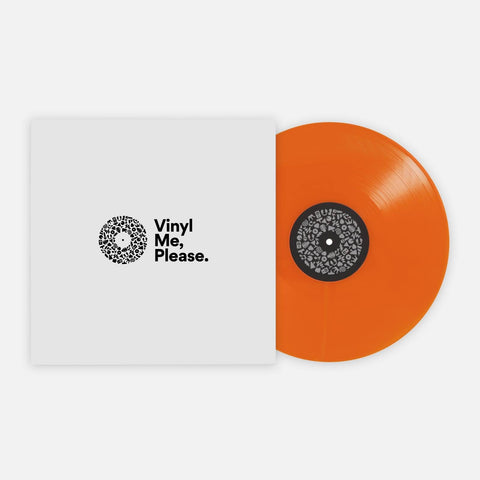There are almost no other living artists who have had as vast an impact on jazz music as saxophonist Wayne Shorter. Nor are there many other artists of his age (85) that are still trying to push at the boundaries of the genre, as he did on his most recent album Emanon, a multi-part epic including one disc of sweeping, magisterial work recorded with his current quartet and the Orpheus Chamber Orchestra, and two discs of bold post-bop recorded with the quartet in London. Oh, and it came with a sci-fi graphic novel co-written by Shorter that imagines a “rogue philosopher” attempting to rid the universe of evil and spread a message of peace and enlightenment. The resolute strength of his playing has dimmed somewhat as a result of his advanced age, but his mind remains agile and curious.
A blend of inquisitiveness and musical dexterity has served Shorter well from the start of his long career. In the late ’50s, he jumped into the fray quickly with his own recordings, and served as the swinging, lyrical center of albums like Art Blakey’s A Night In Tunisia and Freddie Hubbard’s crackling Ready For Freddie. Through the ’60s, he bounced between his own recordings and his legendary work as a member of Miles Davis’s Second Great Quintet. In both cases, Shorter’s improvisational daring and compositional depth helped take jazz from hard bop into more open-ended modal and free territory and from there into the electrified, funk-inspired fusion era. To that last piece, you can look to his work on Davis’s pioneering albums Bitches Brew and Water Babies or his long tenure in Weather Report, a fearsome ensemble that dared to add a little pop sweetness to their spacious, fluid compositions.
Through the ’80s and ’90s, Shorter was not immune to the tone of slickness that crept into jazz music but he stayed the course, finding pockets of innovation along the way and some surprising guest spots on pop albums by Don Henley, Steely Dan and The Rolling Stones. Shorter’s last couple of decades have felt like a full circle return to the advances he fomented in the ’60s and ’70s. Working now with trio of younger players that includes pianist Danilo Perez, drummer Brian Blade and bassist John Patitucci, the saxophonist chooses his spots more carefully, his compositions and solos acting like bursts of sparks jumping from an already steady blaze.
The albums listed below are the merest sliver of Shorter’s discography. But these eight recordings are an ideal starting point for anyone daring to look into his unmatched career, which has, to date, spanned over six decades and continues to set and raise the bar for generations of players.
Art Blakey & The Jazz Messengers: Art Blakey!!!!! Jazz Messengers!!!!! (1961)
The Jazz Messengers, that fluid ensemble led by drummer Art Blakey, visited Rudy Van Gelder’s studio in New Jersey a lot in 1961, nearly every other month that year when they weren’t on tour and between regular gigs in New York City. All the better to capture the creativity that the quintet (or, at times, sextet) was exploding with at the time. The peak moment of this illustrious run was a two-day summer session that yielded the appropriately titled Jazz Messengers!!!! With trombonist Curtis Fuller in the mix, the group recorded only one original (Fuller’s groovy “Á La Mode”), opting to fill the track with standards that had yet to become canonical. The decision allowed the band to play loose with the material, like a version of “You Don’t Know What Love Is” that slides from a blues crawl into a passionate bop. Throughout, Shorter pulls focus away from the rest of his cohort, cutting right through the center of “Gee Baby, Ain’t I Good To You” with a studied precision and a splay of notes and playing the role of disruptor as he dashes through the samba beat of “Circus.”
Wayne Shorter: Speak No Evil (1966)
Through 1964, Shorter recorded three different albums at Van Gelder’s studio, each with a slightly different ensemble (the only mainstay beyond himself was drummer Elvin Jones) and the three showcased the rapid progression of the saxophonist’s compositional abilities and playing style. As fine as the other two records in this trio (1964’s Night Dreamer and 1965’s JuJu) are, it’s the last release of this run, Speak No Evil, where Shorter finds his cruising altitude. The six tracks, all written by Shorter, are casually paced and only vaguely interested in the head/solo/head tradition. And the themes that he and trumpeter Freddie Hubbard do harmonize on feel loose and slippery, as if the two horn players are aren’t following lead sheets but rather their own intuition. Shorter’s solos slip into focus so calmly that, at times, he’s halfway through them before you realize he has you under his spell. On “Dance Cadaverous,” he picks up right where pianist Herbie Hancock leaves off, drawing out spirals of notes and swelling chords with a mind toward minimalism. His star turn is on “Infant Eyes,” a luminous ballad that is really one long solo that feels so pure it will leave you floating.
Miles Davis: Nefertiti (1968)
While his face and name adorn the cover of this late-’60s gem, Nefertiti never felt much like a Miles Davis album. None of the compositions are his (of the six songs, three were from Shorter, two from Hancock, and one from drummer Tony Williams) and his playing throughout is great but unsurprising. Miles had much more to say before and after. Shorter is the trickster here. He flips the script on the title track, settling his tenor sax and Miles’s trumpet into a placid rhythmic hum while the rest of the quintet is free to explore and bend around them. While the hard bop of Hancock’s “Madness” and his own “Pinocchio” sends Miles into a staccato lather, Shorter floats into the song from underneath like a wisp of incense smoke, all sweet and tangy and blue.
Wayne Shorter: Native Dancer (1974)
When Weather Report, the jazz-fusion band that Shorter co-founded with keyboardist Joe Zawinul, was visiting Brazil in 1972, the saxophonist heard the singer/songwriter Milton Nascimento for the first time. Already a fan of Latin music and world beat, Shorter fell quickly under the spell of Nascimento’s modern take on bossa nova that was jazzy and almost psychedelic, while also folding a political undercurrent into his tender songs. Shorter saw the Brazilian as “another musical astronaut,” as he told the New York Times in 1990, and soon invited Nascimento and members of his band to come to the U.S. to collaborate. Their work together finds root in a surprising fertile ground where Shorter’s more smoothed out sounds of this period meets Nascimento’s luscious tenor voice. When they pair together on an extended solo — vocals, wordless and piercing; saxophone, pealing and heated — on “Miracle Of The Fishes” or “From The Lonely Afternoons,” the effect is like a gleeful loss of gravity.
Weather Report: Heavy Weather (1977)
Whatever your feelings about the fusion jazz era of the ’70s and ’80s, it was a necessary stepping stone leading the genre toward the region where modern masters like Thundercat and Esperanza Spalding dwell. And one of the important artists from that period, and therefore one of the most influential, was Weather Report. Led by Shorter and keyboardist Joe Zawinul, the group set a tone throughout their discography for groove and rhythm, leaving little room for flights of improvisational fancy. But hearing the saxophonist adjust his writing for this — and on this album, reckoning with the unholy talent of bassist Jaco Pastorius — proves fascinating. On his only original on the record, “Palladium” and on the snappy album closer “Havona,” he harmonizes with the keyboard melodies, bouncing off into higher altitude solo only briefly. Otherwise, Shorter enjoys using his instrument for texture and shading rather than trying to be the dominant color.
V.S.O.P. Quintet: Live Under The Sky (1979)
The V.S.O.P. Quintet was supposed to be a reunion of Miles Davis’s Second Great Quintet for a one-off performance at the Newport Jazz Festival. When the trumpeter declined, pianist Herbie Hancock called in his friend Freddie Hubbard to play instead. What transpired, and what continued to transpire as the project played occasional shows around the world, re-energized the five men as they returned to their acoustic, modal roots and fed off each other’s performances. The shows captured on this release — recorded in and initially only released in Japan until a reissue arrived around the world in 2004 — swell and burst with steam and momentum. Shorter is especially riled up, at times overtaken to the point of discordance, splattering soprano smears all over the extended workout “One of Another Kind” and fighting for air with Hubbard throughout the almost brutal closing track “Fragile.”
Wayne Shorter & Herbie Hancock: 1 + 1 (1997)
At the point that Shorter and Hancock entered the studio together to cut this album, the two men had been playing together with some regularity for the better part of three decades. It has helped nurture a symbiosis between them, a trust and understanding that often leads to some otherworldly musical splendor. Nowhere is that more evident than on this album of duets. With no one else to lean on, the pair listen even closer to one another, shifting and adjusting, acting and reacting. Listen, for example, to the moment on “Manhattan Lorelei,” when, in the middle of an arcing solo, Shorter hits a slightly bum note, and Hancock responds seconds later with his own sour chord. Or how they nudge each other closer to be-bop on their rendition of “Diana,” a Shorter original recorded for Native Dancer, before giving all of themselves over to the spirit of their youth with flurries of notes. There’s so much unabashed love captured on this album that may leave you and your stereo glowing.
Robert Ham is a freelance arts/culture journalist and critic whose work has been featured in Variety, Billboard, Pitchfork, Rolling Stone, Portland Mercury, and due to a weird turn of events, FOX News (but don't hold that against him). He lives in Portland, OR with his wife, son and four ornery cats.
Related Articles
Join the Club!
Join Now, Starting at $36Pages







